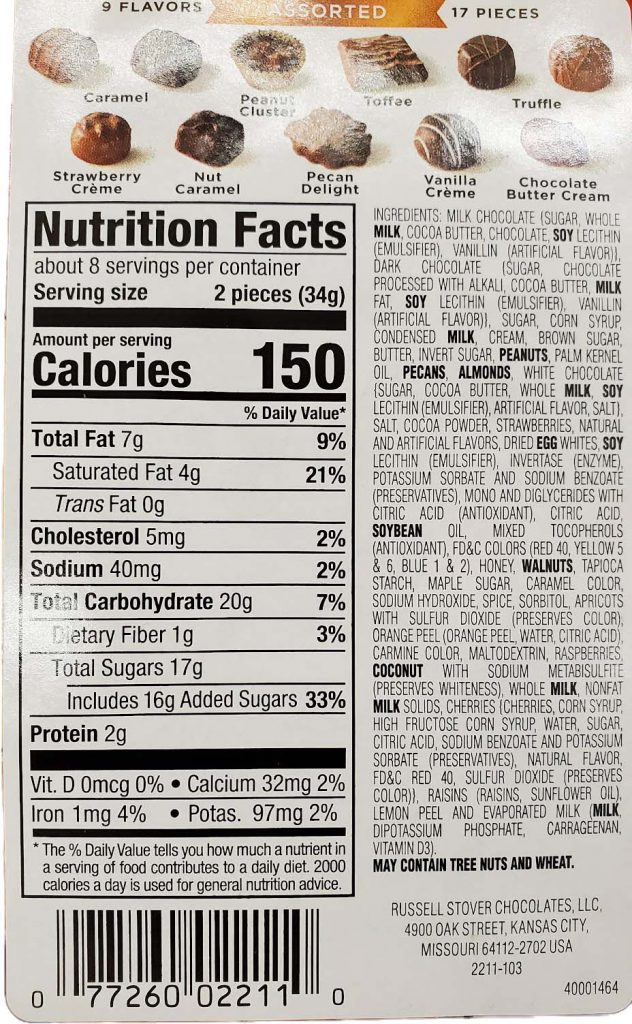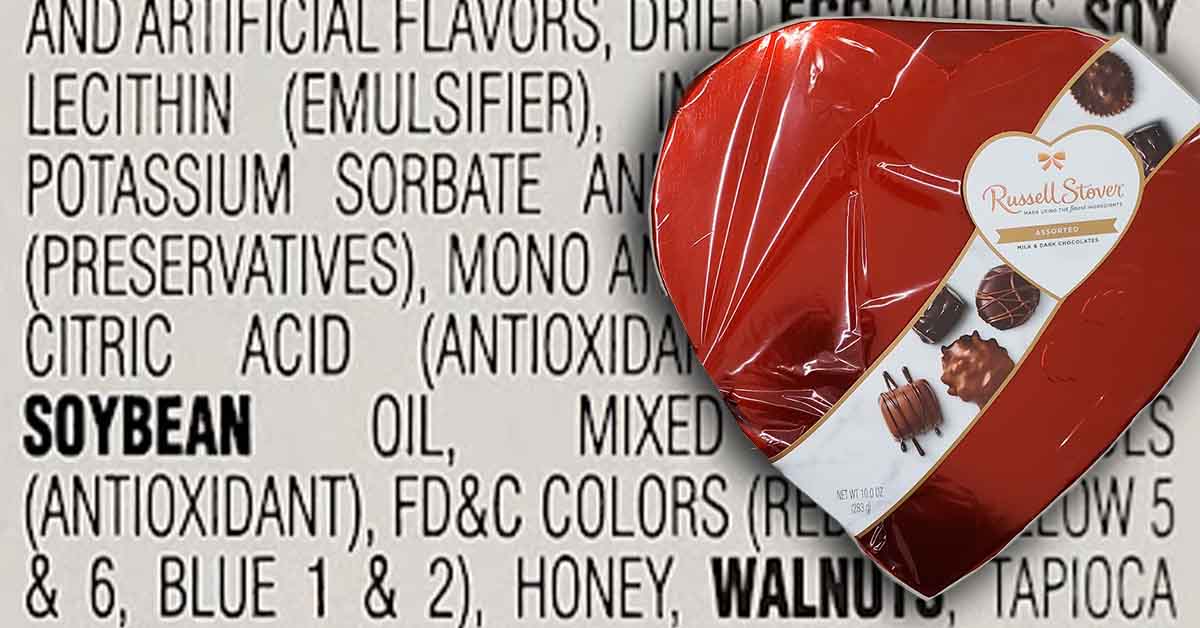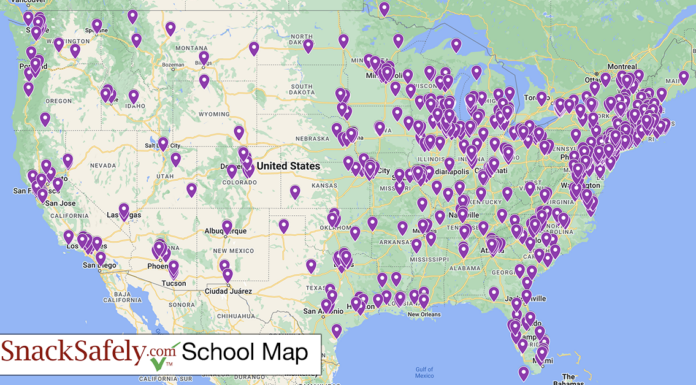Current US allergen labeling regulations present a danger to consumers with food allergies. First and foremost is the rule that mandates manufacturers disclose when any of nine top allergens are ingredients of a product but not when they are processed in the same line or facility as the product is manufactured.
It may shock you to learn that precautionary allergen label (PAL) warnings like “May contain…” and “Made on equipment that also processes…” are entirely voluntary. Some manufacturers include them, many major manufacturers don’t, and still others will warn for one allergen and not another. The FDA has nothing to say about these warnings, including when they should be used, how they should be worded, and where they should appear.
But even those mandatory “Top 9” allergen disclosures can be confusing because the FDA allows manufacturers to list them in two different ways.
The first option for food manufacturers is to include the name of the food source in parenthesis following the common name of the major food allergen in the list of ingredients in instances when the name of the food source of the major allergen does not appear elsewhere in the ingredient statement. For example:
Ingredients: Enriched flour (wheat flour, malted barley, niacin, reduced iron, thiamin mononitrate, riboflavin, folic acid), sugar, partially hydrogenated soybean oil, and/or cottonseed oil, high fructose corn syrup, whey (milk), eggs, vanilla, natural and artificial flavoring) salt, leavening (sodium acid pyrophosphate, monocalcium phosphate), lecithin (soy), mono-and diglycerides (emulsifier)
The second option is to place the word “Contains” followed by the name of the food source from which the major food allergen is derived, immediately after or adjacent to the list of ingredients, in type size that is no smaller than the type size used for the list of ingredients. For example:
Contains Wheat, Milk, Egg, and Soy
Instead of simply mandating the Contains statement, the FDA introduces a whole level of ambiguity for the allergic consumer. Combine that ambiguity with voluntary PAL warnings, and you get a mishmash like the following, an ingredient panel from a Russell Stover box of Valentine’s Truffles:

It’s important to understand this label follows all FDA allergen labeling regulations, but the manufacturer’s decision how to label this product makes it especially confusing.
Russell Stover has elected not to include a Contains statement but they do include a PAL warning for tree nuts and wheat. If you did not know Contains statements were optional, you might mistake the “May Contain” warning for the Contains statement and think only tree nuts and wheat are contained in this product. That error for those with allergies to milk, soy, peanuts, or eggs would be dangerous.
The manufacturer voluntarily warns the product “May Contain” tree nuts when we know for a fact it contains tree nuts: pecans, almonds, walnuts, and coconut are listed in the ingredient list. By including this PAL warning, the company has in essence downgraded the definite presence of tree nuts to the possibility that tree nuts were introduced during manufacture.
This is but one example of confusing labels among thousands you’ll find at the local market, but it doesn’t have to be this way. Read about our petition to Congress demanding changes, then add your name and share it with family, friends, and colleagues.
Together we can make changes that benefit the food allergy community, but only if you are engaged. Start here:






